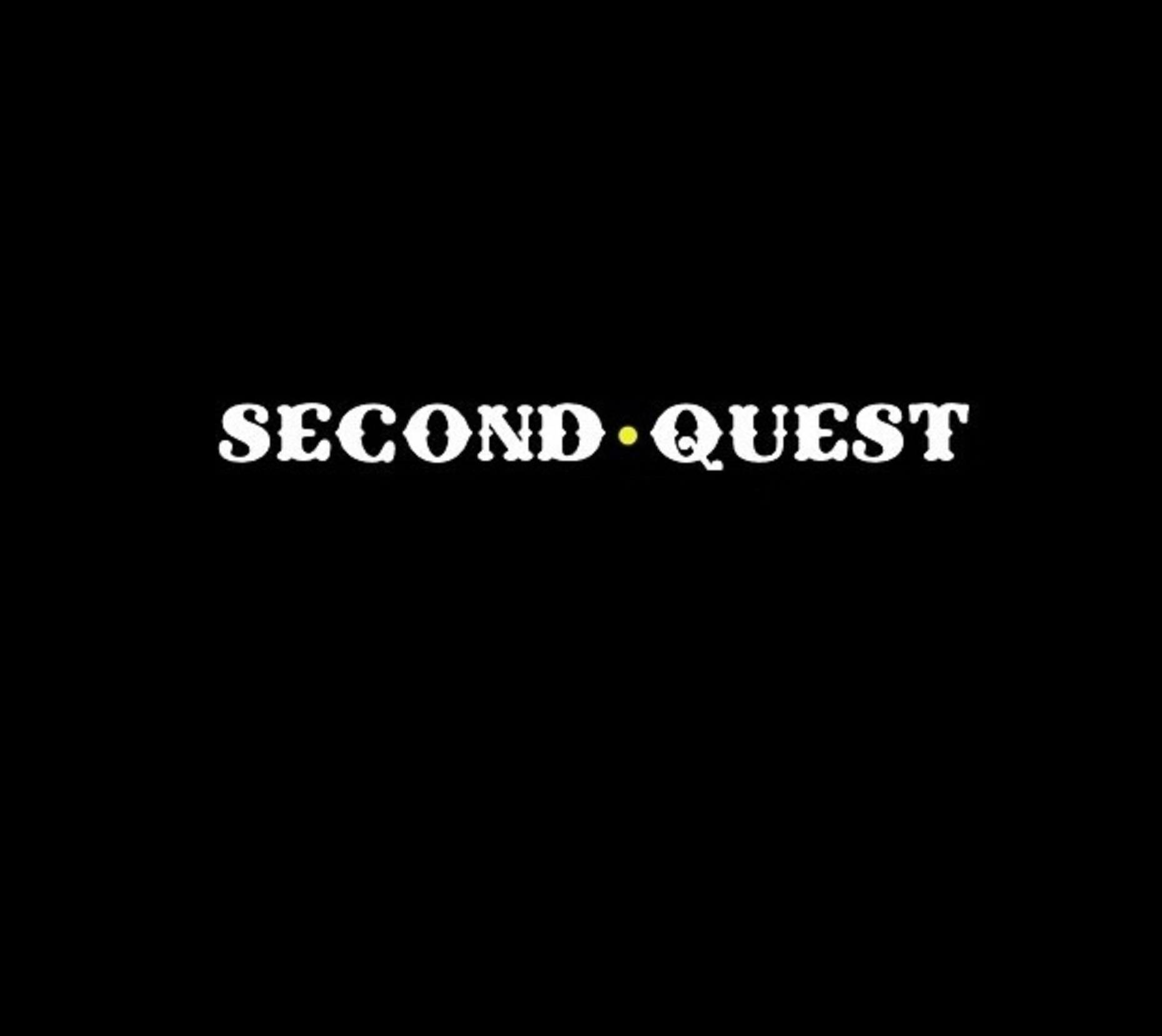Reactive Audio in the Fighting Genre
 “A good fight should be like a small play, but played seriously.” – Bruce Lee
“A good fight should be like a small play, but played seriously.” – Bruce Lee
Similar to the state of martial arts before Bruce Lee’s Jeet Kune Do style, the state of the fighting game genre continues to trudge forth with a flawed mentality. Developers are doing the player a disservice by creating fighting games that lack the martial artist understanding. A wise martial artist will tell you an effective technique is an emotional technique. Lee described it as “emotional content” in Enter The Dragon. It cannot be explained in writing, but only as an observed action with an appropriate reaction. The problem with fighting games, however, is just that — they are games. How does the visceral emotion of a punch translate from avatar to player? The answer is at once simple and complex — reactivity.
Dynamic Range
“Empty your mind, be formless, shapeless – like water. Now you put water into a cup, it becomes the cup, you put water into a bottle, it becomes the bottle, you put it in a teapot, it becomes the teapot. Now water can flow or it can crash. Be water, my friend.” – Bruce Lee
I contacted Rev. Dr. Brad Meyer, Audio Director of Sucker Punch Productions, to discuss what could be done to improve fighting game audio, to which he said “the most important [aspect] is dynamic mixing.” An effective dynamic range is like water filling the volume of a glass. In this case, our capacity for sound represents the glass and the dynamic range represents the water. When you look at a full glass of water you still see the water beneath the surface, and when you listen to dynamic audio you still hear the sound below the threshold. “Be it fighting games or any other genre, they all revolve around crafting a more dynamic experience,” said Meyer. “There’s a lot more we can do here, not necessarily to make games more cinematic, but to make them more emotionally effective. Composers from Beethoven to Bobby McFerrin have demonstrated the near-universal character of music as an emotion engine and arguably every composer of the past several hundred years have helped to strengthen this common language.”
Other genres have the luxury of relying on a written narrative for emotional weight, but the narrative (the only narrative that matters anyway) of fighting games is ludological. The punches and kicks tell the story and the music provides emotional reinforcement. “I would put dynamic music right after this, in part because music is the heart of the emotion of sound,” continued Meyer. “We can do a lot with other audio assets from ambience to character sounds to help convey mood and tone, but music is a known entity where emotion is concerned.” This isn’t to say the music of fighting games is bad, it just hasn’t been fully-realized. In fact, and excuse the pun, music plays second fiddle at best in the design of fighters.
Speaking with composer and music producer Tom Salta (Halo Anniversary, From Dust) I was told “When it comes to choosing music styles, most audio directors go with the obvious choice: Heavy fight equals Heavy fight music.” It’s quite ordinary and the results more than often reflect that. Tom suggests manipulating the emotions of the player by “juxtaposing music that you might not expect.”
“It can be risky and it certainly takes more experience and experimentation, but the results can be extraordinary,” said Salta. “Dynamic range can certainly play a role in this. It’s important not to stay too long on one dynamic level, otherwise people will just tune it out. If you want to keep people excited and engaged, then keep changing things.”
Composition and Implementation
“The highest technique is to have no technique. My technique is a result of your technique; my movement is a result of your movement.” – Bruce Lee
Page 1 of 3 | Next page
